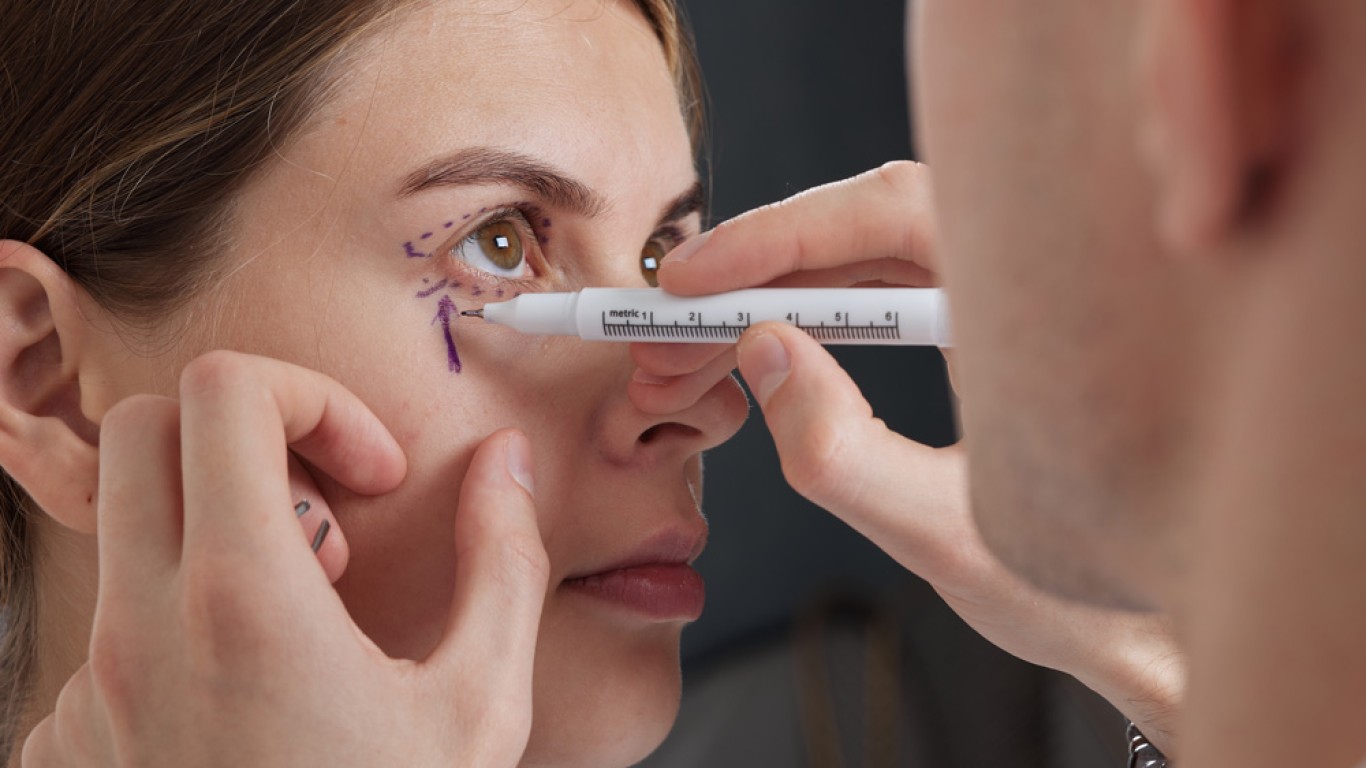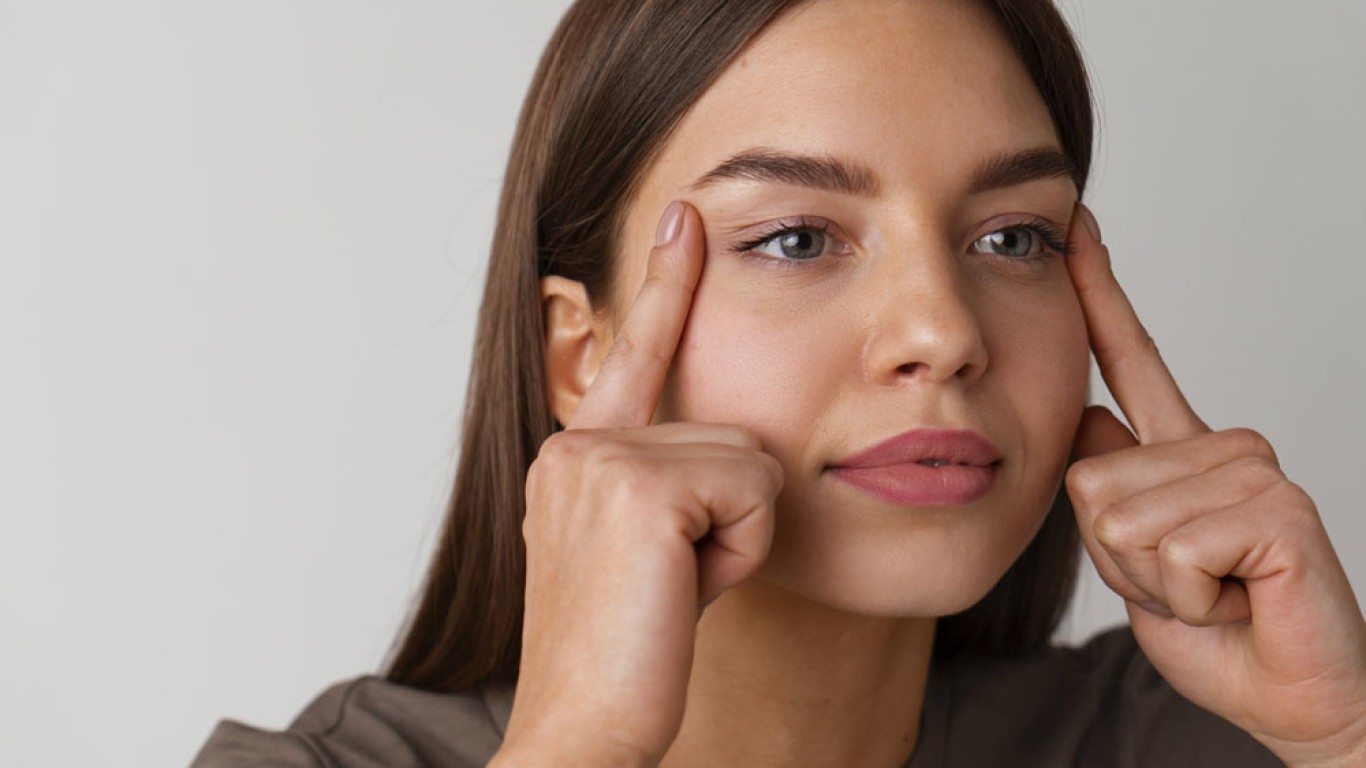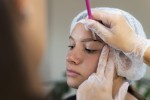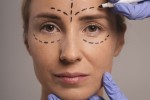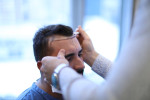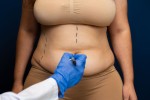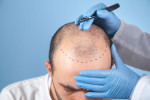A lower eyelid lift is a detailed surgical procedure designed to address changes in the lower eye region. These changes often include puffiness, tissue bulging, and skin laxity caused by ageing or genetics. Several non-surgical methods can offer surface improvement. However lower eyelid surgery remains the most precise technique for correcting structural changes.
What a Lower Eyelid Lift Treats
A lower eyelid lift focuses on structural correction. It targets fat pockets, ligament laxity, and excess skin beneath the eyes. These concerns usually develop through weakened connective tissue, reduced collagen, or hereditary patterns. The procedure creates a smoother, more uniform lower eyelid contour. Although surface treatments such as creams or injectables may improve mild concerns. Deeper changes require surgical correction for stable results.
Understanding Lower Eyelid Anatomy
Effective correction begins with understanding the anatomy beneath the skin. The lower eyelid contains several fat pads that provide cushioning and shape. With time, the supporting tissue weakens, allowing these pads to protrude. The orbicularis oculi muscle and orbital septum also play significant roles in contour and stability.
During a lower eyelid lift, surgeons work within these anatomical layers to restore balance. Correcting these internal changes supports consistent improvement and reduces irregularities across the lower lid region.
Different Techniques Used in a Lower Eyelid Lift
Specialists choose between two main approaches depending on the needs of the patient.
- Transconjunctival Technique: This method uses an incision on the inner eyelid surface. It is ideal for those requiring fat repositioning without excess skin removal. Because the incision is internal, there is no visible scar.
- Subciliary Technique: This method places the incision just below the lash line. It allows access to both muscle tightening and skin trimming. It suits those with combined concerns such as bulging fat and loose skin.
Step-by-Step Overview of the Procedure
A lower eyelid lift typically follows a structured sequence:
- Firstly, the area is anaesthetised.
- Secondly, the surgeon creates the chosen incision.
- Thirdly, fat pads are either repositioned or partially removed.
- Fourthly, the surgeon adjusts the muscle or ligament support as needed.
- Lastly, skin is smoothed and closed without tension.
This methodical process ensures stable internal support and consistent shape along the lower eyelid.
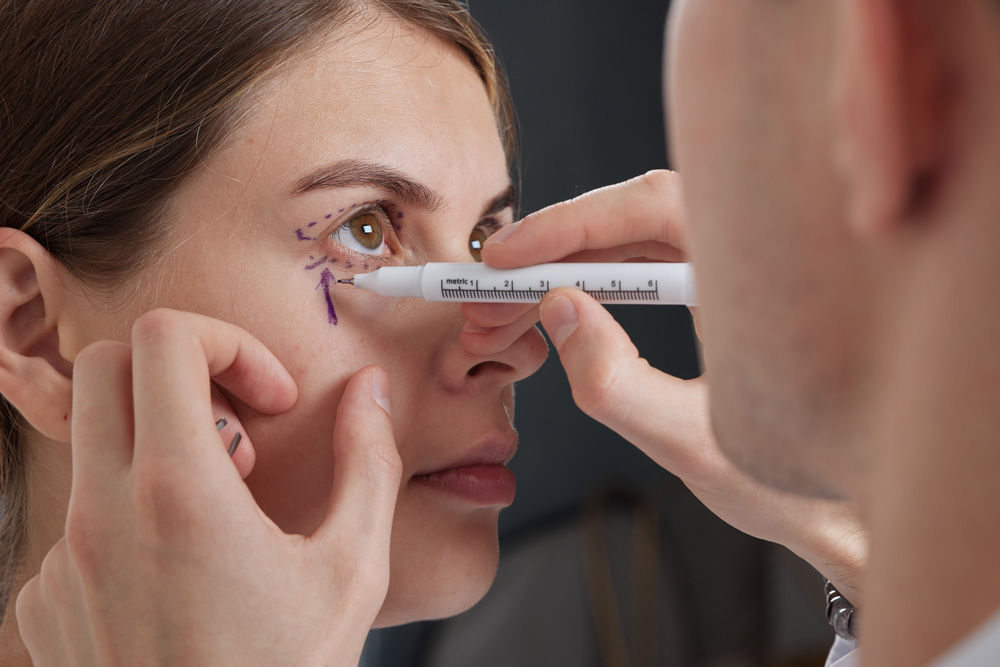
Fat Repositioning vs Removal
Many surgeons now prefer repositioning fat rather than removing it. Repositioning fills natural hollows and maintains structural volume. Removal is used when excess fat is prominent and additional bulging must be reduced.
Current techniques combine both approaches depending on individual anatomy. This ensures precise contouring without creating hollowness.
Skin Tightening and Muscle Support
The lower eyelid region relies on the orbicularis oculi muscle for tone and stability. Some patients need adjustment of this muscle to reinforce support. When skin laxity is present, a fine strip of skin may be removed. Taking care to avoid over-tightening.
Technology Used in Modern Eyelid Surgery
In 2025, surgeons use several technologies to plan and perform eyelid procedures with greater accuracy. High-resolution imaging helps map fat pad distribution and ligament behaviour. AI analysis supports preoperative planning by detecting subtle asymmetries.
During surgery, fibre-optic lighting and magnification tools allow precise work within small anatomical spaces. These technological advances ensure predictable and consistent outcomes.
Recovery Timeline After a Lower Eyelid Lift
Recovery usually progresses in defined stages. During the first few days, swelling and tightness are expected. Bruising tends to peak early, then gradually fades. Cold compresses and elevated head positioning assist in reducing swelling.
Sutures under the lash line are removed according to the surgeon’s protocol. Internal incisions do not require removal. Most patients resume light activities after one week. Although full recovery continues for several more weeks as tissues settle.
Conclusion
A lower eyelid lift offers a precise solution for structural changes beneath the eyes. By adjusting fat pads, reinforcing muscle support, and refining skin, the procedure restores balanced contour using advanced surgical techniques. Recovery follows a clear pattern, and long-lasting results develop as tissues settle naturally.
For more information and to book a consultation visit the ACIBADEM Beauty Center Webpage.
Frequently Asked Questions
Most procedures take one to two hours.
Incisions are placed discreetly and usually fade well.
Light activity often resumes after one week.
It depends on anatomy. Surgeons adjust fat based on contour needs.
Results last many years because deeper structures are corrected.



